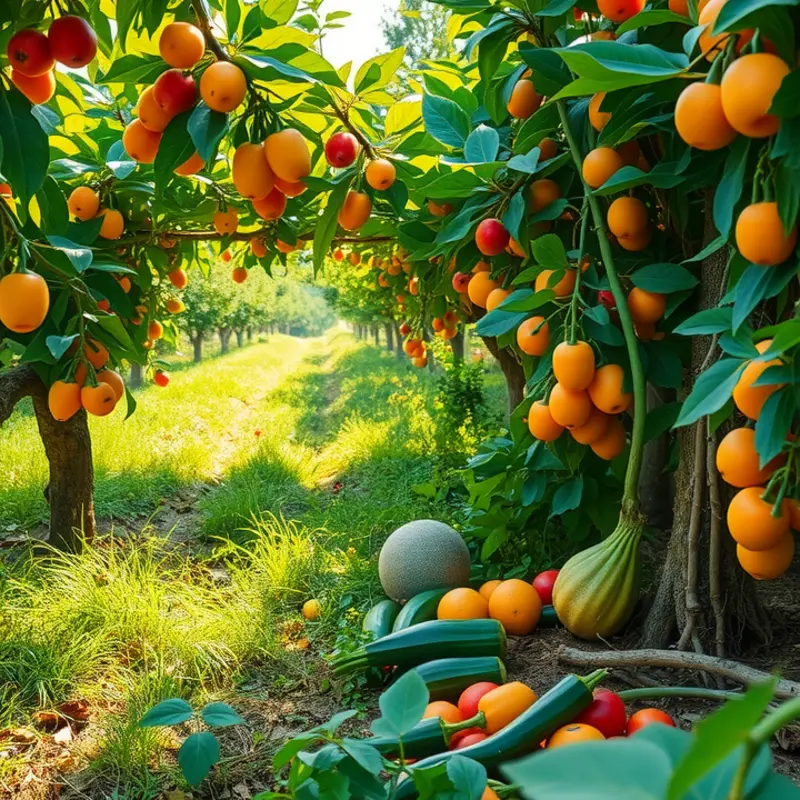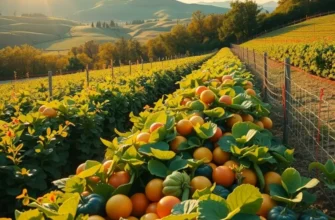Making eco-friendly dining choices is a vital step toward a sustainable future. By focusing on how food is sourced, prepared, and consumed, we can significantly reduce our ecological footprint. These practical tips empower individuals to make greener choices, whether at home or dining out. Creating sustainable habits around food not only benefits the planet but also enhances our health and well-being.
Sourcing Sustainably: Choosing Eco-Friendly Ingredients

Selecting ingredients with minimal environmental impact begins with understanding where your food comes from and how it’s produced. A powerful step is to prioritize local produce. By buying fruits and vegetables grown nearby, you reduce the carbon footprint associated with transportation. Local produce is often fresher, supporting both your health and local farmers.
Seasonal eating goes hand-in-hand with local sourcing. Consuming what’s in season means enjoying produce at its peak freshness and flavor. This practice also aligns with nature’s cycles, reducing the need for energy-intensive greenhouse production methods.
One might ask, “How do I know if something is genuinely organic?” The answer lies in understanding organic certification. Certified organic products must adhere to strict growing standards, avoiding synthetic fertilizers and pesticides. These practices protect biodiversity and maintain soil health. Familiarize yourself with the certification labels in your region to make informed choices.
When it comes to meat, choosing ethically-raised options can make a significant difference. Ethical farming practices ensure that animals are raised on sustainable diets in humane conditions. Look for labels indicating pasture-raised or grass-fed meats. This not only supports animal welfare but often results in higher-quality nutritional profiles.
Exploring community-supported agriculture (CSA) can reshape how you source food. By subscribing to a CSA, you receive regular deliveries of locally grown produce directly from farmers. This model fosters a valuable connection between consumers and producers, ensuring you receive fresh, diverse, and seasonal produce. Plus, you contribute to a more resilient local food system.
Understanding that small actions can collectively lead to big changes, sourcing sustainably aligns with efforts to reduce food waste. For tips on reducing food waste through efficient storage practices, check out this resource on eco-smart kitchen storage.
By making conscious ingredient choices, you can enjoy meals that not only delight the palate but also tread lightly on the planet. Whether through local markets, understanding certifications, or joining a CSA, every effort counts towards a healthier ecosystem.
Mindful Preparation: Cooking and Eating Effectively

Embarking on a path of eco-friendly dining begins in our kitchens. Effective cooking methods not only conserve energy but also reduce waste, a crucial step toward sustainable living. One such method is batch cooking. By preparing meals in large quantities, you minimize the repetitive use of energy-consuming appliances. Additionally, it offers the convenience of reduced cooking times throughout the week, making it easy to stick to eco-friendly habits.
Creative use of leftovers is another efficient strategy. Instead of discarding yesterday’s cuisine, transform it into a new dish. For instance, last night’s roast vegetables can become today’s flavorful soup or a filling for wraps. This approach not only reduces food waste but also sparks creativity in the kitchen, fostering a more sustainable cooking practice.
Embracing plant-based meals significantly lowers one’s carbon footprint. Animal agriculture is a leading contributor to greenhouse gas emissions. By integrating more plants into your diet, you not only support environmental health but also enjoy the diverse palette of flavors offered by fruits, vegetables, grains, and legumes. For guidance on easy plant-based transitions, check out this resource.
When dining out, making environmentally conscious choices is just as important. Opt for restaurants that prioritize local, seasonal ingredients as they require less transportation and packaging, resulting in a smaller carbon footprint. Additionally, some dining establishments now use eco-friendly packaging materials. When feasible, carry your own reusable containers to further reduce waste when taking home leftovers.
Another tip is to support businesses that adopt sustainable practices, such as those using renewable energy, implementing water-saving measures, or utilizing furniture made from recycled materials. These choices amplify the positive impact you can have on the environment while enjoying a meal outside.
Mindful preparation and dining involve considering not just food but also how it reaches your plate. Waste reduction starts with smart kitchen practices but follows us to our favorite eateries, where thoughtful decisions amplify our commitment to a healthier planet. Every small, conscious choice adds up, making eco-friendly dining a feasible goal for individuals committed to sustainable living.
Final words
Adopting eco-friendly dining habits contributes positively to the environment, our health, and our communities. By making conscious choices regarding sourcing ingredients and preparing meals, we play a pivotal role in advocating for a sustainable future. These small shifts in our dining practices can lead to significant changes in preserving our planet. Remember, every meal is an opportunity to make a difference, whether at home or while enjoying a meal out. Approach every dining decision as an opportunity to support sustainability.








